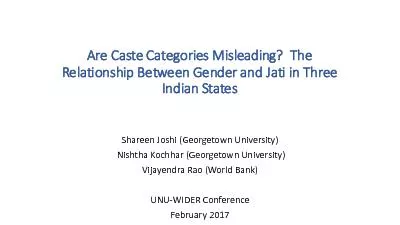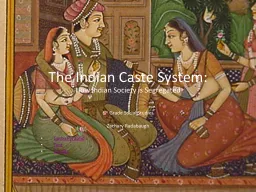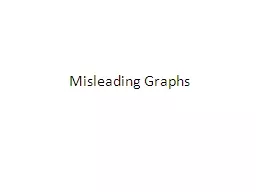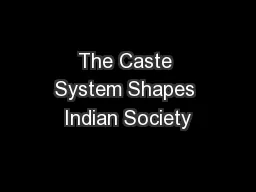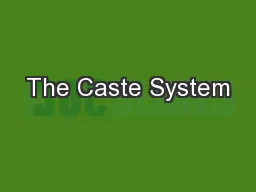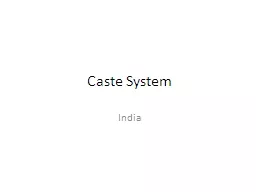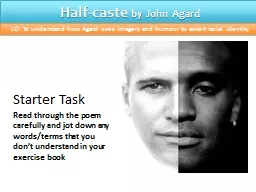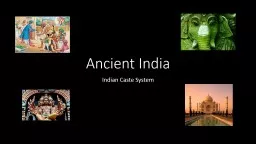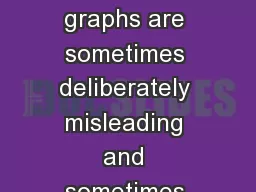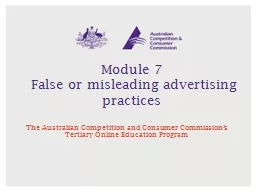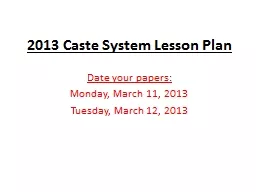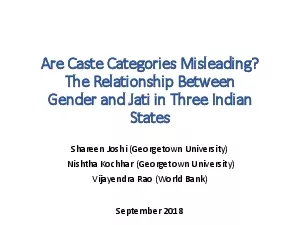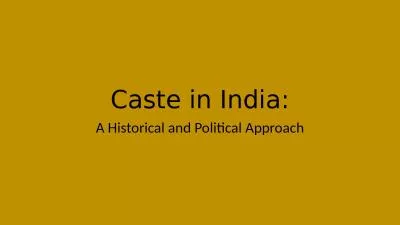PDF-Are Caste Categories Misleading The
Author : jainy | Published Date : 2021-06-05
Relationship Between Gender and Jati in Three Indian States Shareen Joshi Georgetown UniversityNishthaKochharGeorgetown UniversityVijayendraRao World BankUNUWIDER
Presentation Embed Code
Download Presentation
Download Presentation The PPT/PDF document "Are Caste Categories Misleading The" is the property of its rightful owner. Permission is granted to download and print the materials on this website for personal, non-commercial use only, and to display it on your personal computer provided you do not modify the materials and that you retain all copyright notices contained in the materials. By downloading content from our website, you accept the terms of this agreement.
Are Caste Categories Misleading The: Transcript
Download Rules Of Document
"Are Caste Categories Misleading The"The content belongs to its owner. You may download and print it for personal use, without modification, and keep all copyright notices. By downloading, you agree to these terms.
Related Documents

